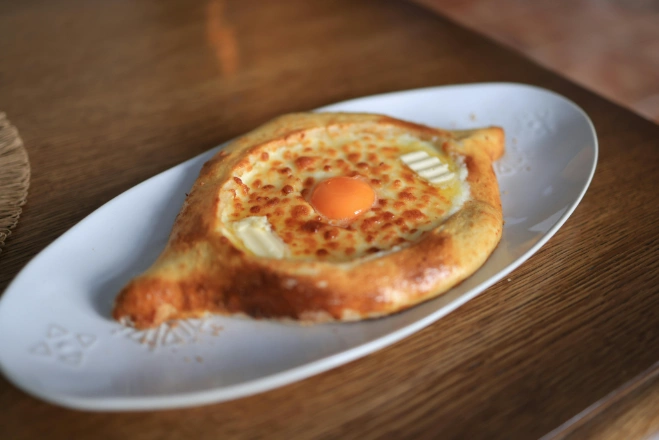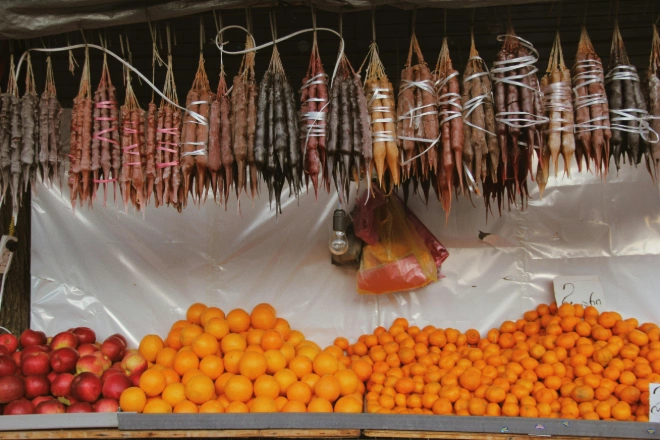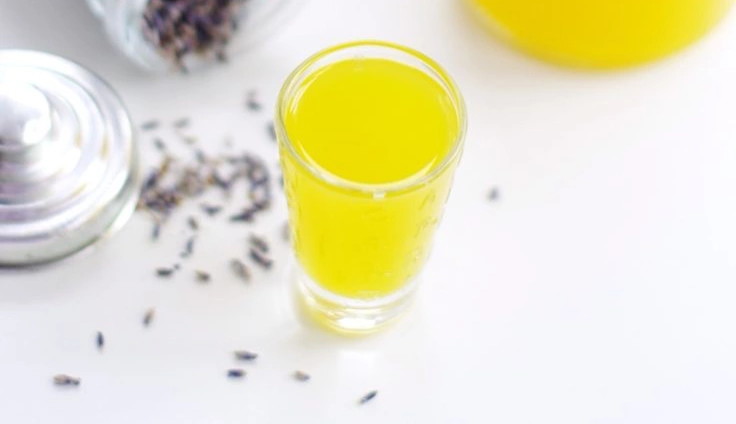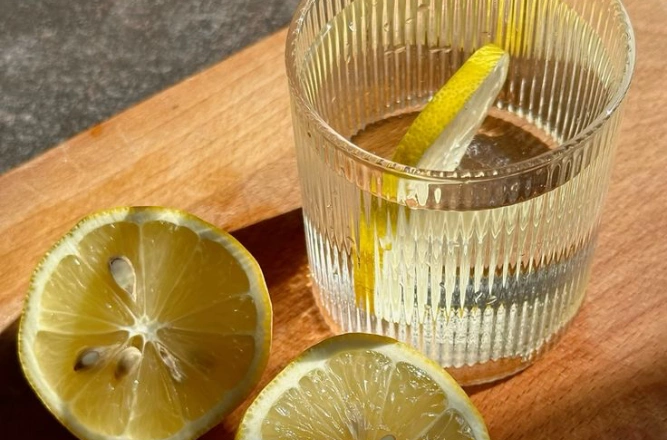Restaurant Reviews Posts on Crowch
If you come to Georgia hungry, you’ll leave with a full stomach and an even fuller heart. Georgian food isn’t just about taste — it’s about hospitality, history, and joy. From sizzling hot khachapuri straight out of the oven to churchkhela strung like candy necklaces in market stalls, every bite is a story of this ancient land.
And Tbilisi? It’s the country’s culinary capital, where old recipes meet modern creativity in some of the most exciting restaurants and cafés you’ll ever step into. Here are the spots every traveler should visit:
- Fabrika – A Soviet-era sewing factory turned cultural hub, now alive with art studios, bars, bakeries, and travelers. Perfect for bread fresh from the clay oven and wine with friends.
- Café Linville – Eclectic, colorful, and cozy. Think vintage furniture, patterned walls, and the charm of an old-world living room.
- Stamba Café – Brunch in a repurposed publishing house? Yes, please. Sleek design meets farm-to-table food in a sunlit courtyard.
- Lolita – Trendy, open-kitchen dining with a buzzing courtyard. A favorite for cocktails and casual yet stylish meals.
- Art-Café Home – A multi-level space filled with wild art, funky décor, and a rooftop terrace. Every room is a surprise.

What to Try
- Khinkali – juicy dumplings filled with spiced meat.
- Khachapuri – the famous cheese-stuffed bread.
- Kubdari – a Svanetian bread stuffed with beef and spices.
- Pkhali – colorful vegetable pâtés for plant-based travelers.

Food, Culture & Celebration
Eating in Georgia feels like stepping into history — every supra (feast) is a gathering of stories, songs, and generosity. And just like its cuisine, Georgia’s culture is ready to be shared with the world. This December, Tbilisi will host the Junior Eurovision Song Contest 2025, bringing the same energy of togetherness that you’ll find around every Georgian tabS

Votes: https://crowch.com/vote/2919/statistic/, https://crowch.com/vote/2895/statistic/ , https://crowch.com/vote/2918/statistic/
Sources: https://www.advantour.com/georgia/dishes.htm , https://wander-lush.org/tbilisi-georgia-food-best-restaurants-cafes-guide/, https://www.groovymashedpotatoes.com/7-uniquely-designed-cafes-restaurants-you-should-visit-in-tbilisi-georgia/
October 16 marks World Food Day, established in 1979 by the Food and Agriculture Organization of the United Nations (FAO). The day aims to raise awareness about hunger, poverty, and the need to ensure that everyone has access to safe, nutritious, and affordable food.
Why This Day Matters
According to the UN, millions of people worldwide suffer from chronic undernourishment, while in other parts of the world, massive amounts of food are wasted. World Food Day reminds us that access to food is a basic human right, not a privilege.
Themes and Goals
Each year, the day is marked with a theme, such as sustainable agriculture, reducing food waste, or adapting to climate change. These themes emphasize the urgent need for joint action — from policymakers to ordinary citizens.

How to Take Part
- Support charities and initiatives that help those in need.
- Reduce your own food waste by planning meals and storing food properly.
- Choose local and seasonal produce to support farmers and reduce environmental impact.
- Advocate for sustainable farming practices that protect both people and the planet.
The Core Message

World Food Day is not just a date on the calendar — it’s a call to action. Every person can make a difference, whether by making mindful food choices, supporting global anti-hunger campaigns, or promoting sustainability. Together, we can work toward a future where no one goes to bed hungry and where food systems nourish both people and the planet.
Every October 4th, food lovers across America and beyond honor one of the most versatile and beloved meals in the world: the taco. On National Taco Day, we celebrate not only its irresistible taste but also the centuries of history and cultural traditions packed into each bite.
Legends and Origins
The taco’s exact origin is a mystery, but historians agree it comes from Mexico and has been around for centuries. The word “taco” might have been first used in the 18th century by miners in Mexico, referring to small charges of gunpowder wrapped in paper — much like tortillas wrap delicious fillings today.
Long before that, Indigenous peoples were already enjoying tortillas filled with fish, beans, squash, and chili peppers. The taco was never just food — it was a way to carry a complete meal in a compact, easy-to-eat form.
Taco Evolution

When tacos made their way to the United States, they began to change. New ingredients such as cheddar cheese, lettuce, and sour cream entered the mix. Hard-shell tacos, which became popular in the U.S. in the mid-20th century, offered a new texture and style that was different from the traditional soft corn tortilla.
Today, tacos are global — you can find fusion versions like teriyaki chicken tacos in Japan, curry tacos in India, and even dessert tacos filled with fruit and chocolate.
Why We Love Tacos
The taco is a culinary chameleon. It can be spicy or mild, meaty or vegetarian, traditional or experimental. It can be street food eaten in two bites or a gourmet creation served on fine china. And no matter the variation, it’s always satisfying.
Part of its magic is the contrast of textures — the tenderness of the filling, the crunch of fresh toppings, and the warmth of the tortilla. The combination is endlessly customizable, making it nearly impossible to get bored of tacos.
How to Celebrate National Taco Day

- Explore Authenticity: Visit a traditional taquería and try regional Mexican specialties you’ve never tasted before.
- Go Creative: Experiment at home with fusion tacos — think BBQ pulled pork with mango salsa or grilled mushrooms with chimichurri.
- Host a Taco Party: Set up a taco bar with a variety of fillings, toppings, and sauces so guests can build their own perfect taco.
- Learn the History: Read about the cultural significance of tacos and the regions of Mexico where different styles originated.
- Support Local Businesses: Many restaurants and food trucks offer discounts or special menu items for the day.
More Than Just a Meal
National Taco Day is a reminder that food is more than sustenance — it’s a bridge between cultures, a form of creative expression, and a reason to come together. Every taco tells a story, from the ancient kitchens of Mexico to the bustling streets of modern cities.
So, on October 4th, grab your favorite taco — whether it’s filled with carne asada, grilled fish, roasted vegetables, or sweet plantains — and savor more than just the flavor. Savor the history, the culture, and the joy that comes with sharing a timeless dish.
Limoncello is more than just a liqueur — it’s a symbol of sunshine, simplicity, and the joy of life on the southern coast of Italy. With its bright yellow hue, refreshing citrus aroma, and smooth sweetness, limoncello has become a beloved icon of Italian hospitality, especially in regions like the Amalfi Coast, Sorrento, and the island of Capri.
A Taste of Tradition
The origins of limoncello are shrouded in legend. Some say it was first crafted in a small guesthouse on Capri in the early 20th century, while others believe it dates back even further, prepared by monks or farmers to share with guests and family. Regardless of its exact beginnings, today limoncello is proudly celebrated as a part of Italy’s cultural heritage.
How It’s Made
The magic of limoncello lies in its simplicity — and in the quality of its ingredients. The traditional recipe calls for just four things:
- lemon zest (from untreated, fragrant lemons);
- pure alcohol (typically 95%);
- water;
- sugar.
Only the yellow part of the lemon peel is used, carefully removed to avoid the bitter white pith. The zest is then soaked in alcohol for several days or weeks, allowing the oils to infuse. Once the alcohol is fully flavored, it is mixed with a sugar syrup, filtered, and left to rest. The result is a golden liqueur bursting with natural lemon flavor — sweet, strong, and refreshing.

A Ritual of Refreshment
Limoncello is traditionally served ice cold, straight from the freezer, in small chilled glasses. It’s a classic digestivo, sipped slowly after a meal to aid digestion and cleanse the palate. It’s especially popular during summer evenings, often enjoyed on a terrace overlooking the sea, where the scent of lemon trees lingers in the warm air.
Homemade Variations
In Italy, many families prepare their own limoncello, often handing down secret recipes through generations. Some experiment by adding orange or mandarin peel, others infuse mint or spices. There’s even a creamy version called crema di limoncello, made with milk or cream, offering a rich and silky texture.
Limoncello Today
While mass-produced limoncello is available worldwide, connoisseurs know that the best limoncello is made from sfusato amalfitano — a unique, elongated lemon variety grown on the steep, sun-soaked terraces of the Amalfi Coast. These lemons are prized for their intense aroma, thick skin, and low acidity — perfect for the perfect limoncello.
Limoncello is more than a drink — it’s a postcard from southern Italy in a glass. One sip, and you’re transported to the cliffs of Amalfi, the breeze scented with lemons, and life moving just a little more slowly, and a little more sweetly.

Limoncello is more than just a liqueur — it’s a symbol of sunshine, simplicity, and the joyful spirit of southern Italy. With its vibrant golden hue, refreshing citrus aroma, and smooth, syrupy sweetness, limoncello captures the very essence of the Mediterranean lifestyle. It’s not only a drink but a cultural expression, especially beloved in regions like the Amalfi Coast, Sorrento, Positano, and the island of Capri, where lemon trees flourish on sun-drenched hillsides and the sea sparkles in the distance.
🍋 A Taste of Tradition
The origins of limoncello are as colorful and storied as the coastline it comes from. Some say it was invented in a family-run guesthouse on Capri in the early 1900s, offered as a welcome drink to guests. Others claim it was created by monks or fishermen in coastal villages who used it to warm themselves during cool evenings. While the true story remains a mystery, what’s certain is that limoncello has become a cherished part of Italian culinary heritage — a ritual, a gift, and a gesture of heartfelt hospitality.
✨ The Magic of Simplicity
What makes limoncello so special is not just its flavor, but its simplicity — and the care with which it’s made. The traditional recipe calls for just four pure ingredients:
- Lemon zest (from untreated, fragrant lemons, often peeled by hand)
- Pure alcohol (usually around 95% proof)
- Water
- Sugar
The zest is steeped in alcohol for days or even weeks, drawing out the essential oils and vibrant color. Then, a simple syrup of water and sugar is added, resulting in a drink that’s sweet yet tangy, smooth yet invigorating — like liquid sunshine in a glass.
🧊 A Ritual of Refreshment
Limoncello is traditionally served ice-cold, directly from the freezer, in small chilled glasses — never with ice, and never warm. It’s typically enjoyed as a digestivo, sipped slowly after meals to aid digestion and cleanse the palate. The experience is as important as the drink itself: imagine sipping limoncello on a stone terrace overlooking the Tyrrhenian Sea, the scent of lemon trees in the evening breeze, laughter in the air, and time moving just a bit more gently